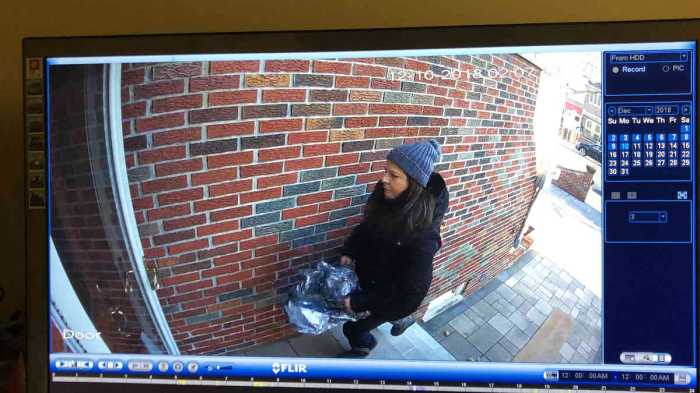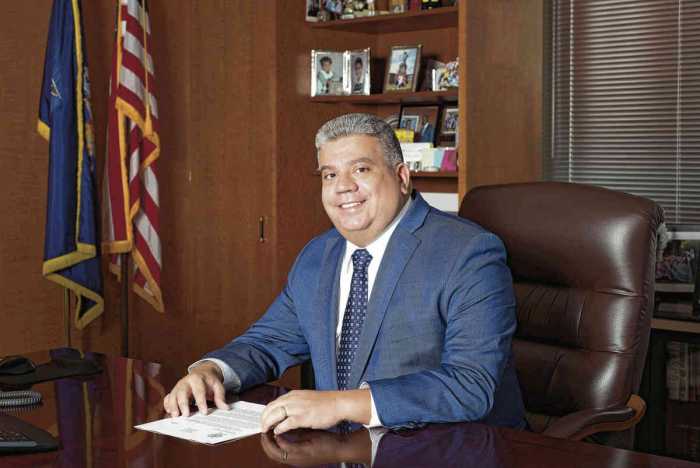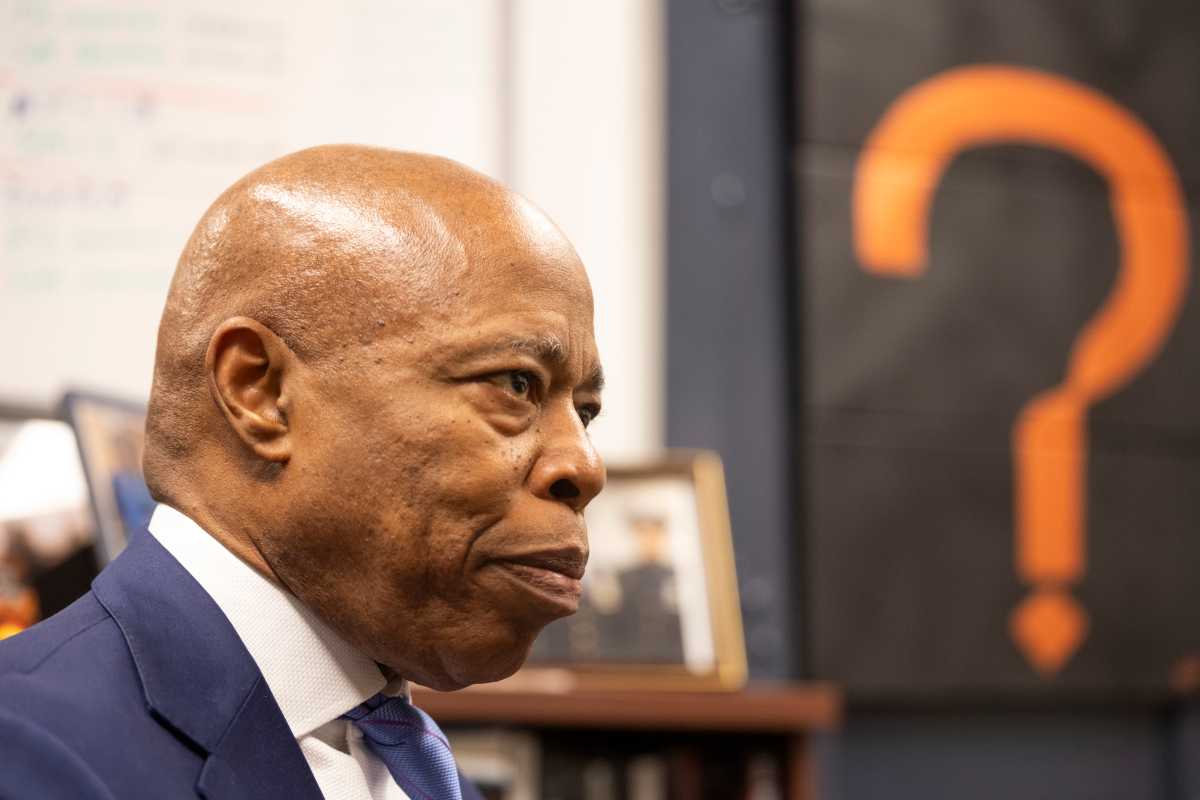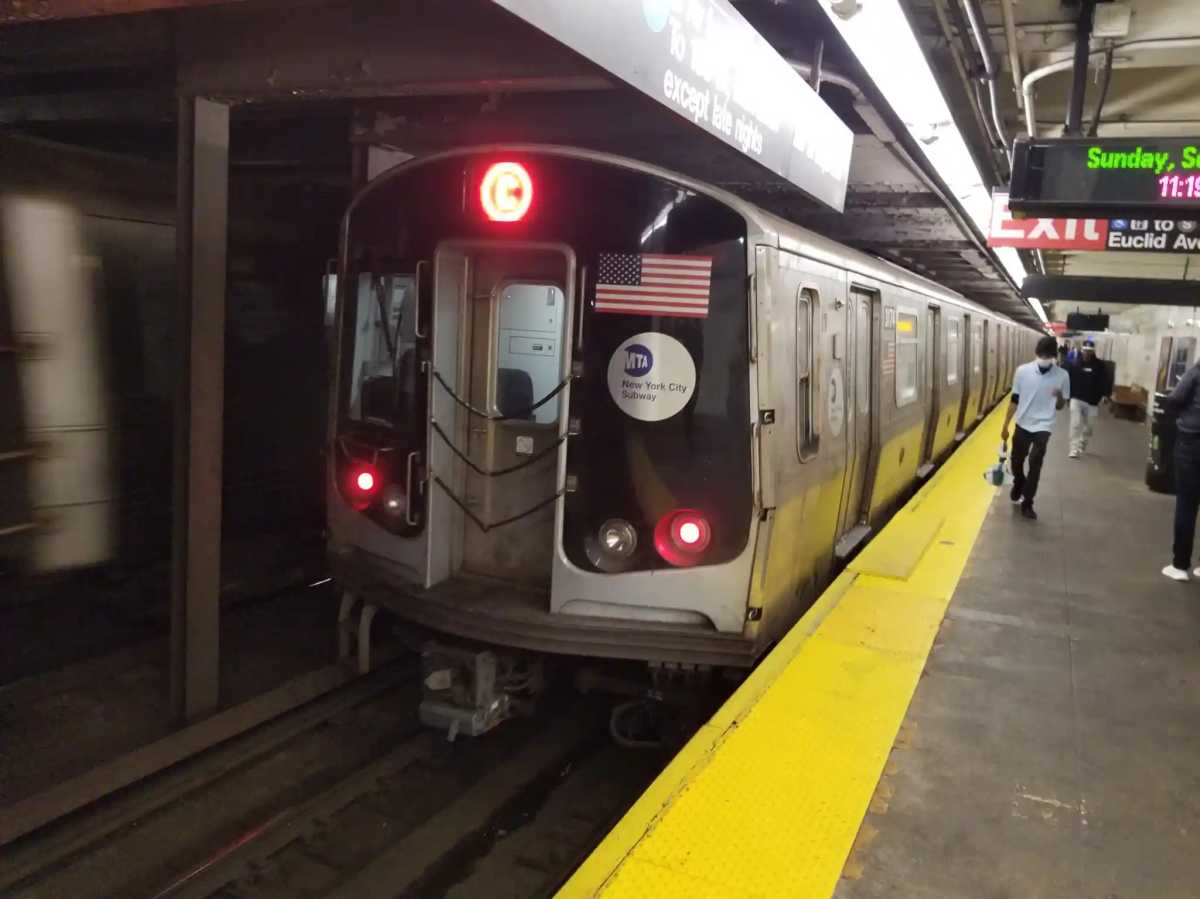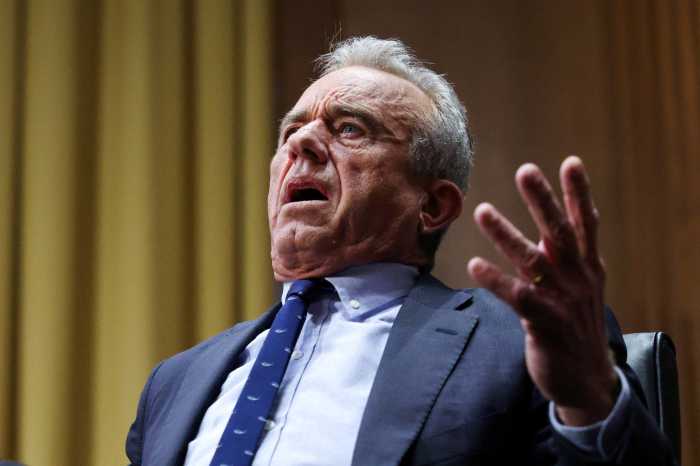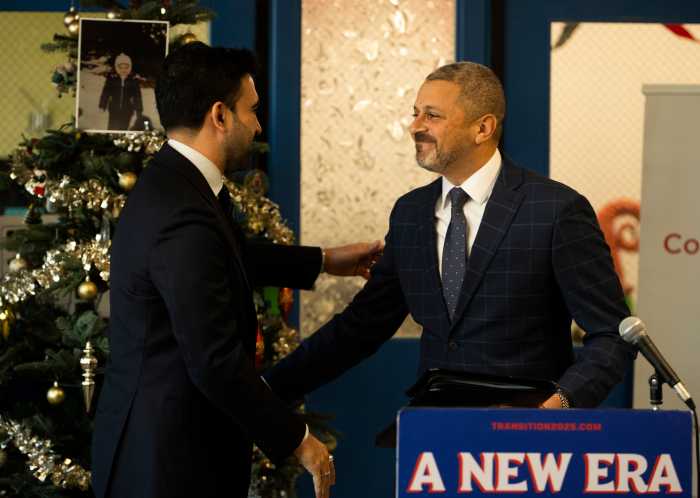A 35-year-old man was released from prison on Thursday after spending 18 years behind bars for a murder he did not commit.
Sheldon Thomas has spent half his life locked up for the 2004 murder of a 14-year-old boy in East Flatbush, but Brooklyn District Attorney Eric Gonzalez moved to vacate his conviction on March 9, and ultimately allowed Thomas to leave on his own will — regaining the freedom he lost nearly two decades ago.
On Dec. 24, 2004, three alleged gang members, including Thomas, were charged with killing Anderson Bercy and wounding another victim. Evidence indicated two guns were used as the perpetrators shot at a group of six from inside a white car on the corner of East 52nd Street and Snyder Avenue.
Thomas was convicted of second-degree murder, attempted murder and a handful of other counts, and was sentenced to 25-to-life in prison.
However, following an investigation by the DA’s Conviction Review Unit, the evidence surrounding Thomas’ conviction was found to be faulty.
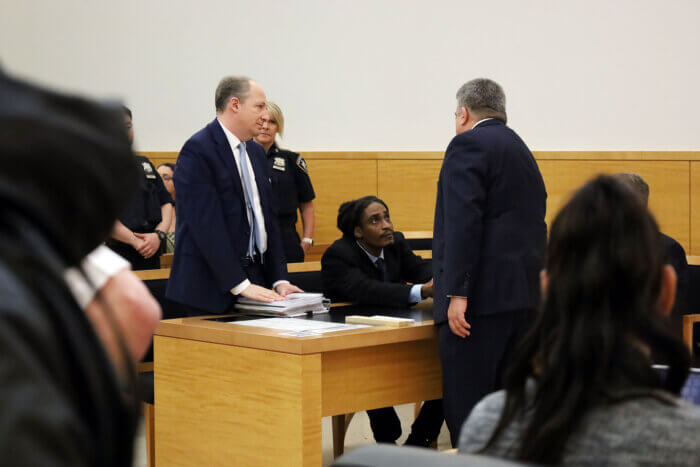
In fact, Thomas was arrested after a witness identified a different person with the same name.
Officers involved in the case first attempted to explain away the discrepancy, and the DA’s office now believes that the detectives purposely arrested the wrong defendant while using that faulty information as justification for doing so. When attempting to show photos of potential suspects to the witness, the detectives sought to unseal documents to a prior — and unreleased — arrest involving Thomas.
But before that request was granted, they jumped the gun — and instead obtained a photo of another Sheldon Thomas from a police database. That Sheldon Thomas was identified, with 90% certainty, as being in the car during the shooting by the witness. Still, the detectives arrested the wrong person.
Thomas denied any involvement.
The witness then confirmed that the then-arrested Thomas was the person in the car. It wasn’t until a pretrial hearing in June 2006 that the identification of the other Shelton Thomas was brought to light.
Upon a cross examination, Detective Robert Reedy admitted the Thomas had not been in the original photo array prior to his arrest. Another detective testified that the defendant had gotten on their radar based on an anonymous tip, suggesting the arrest was not solely based upon the faulty witness identification.
The judge ruled there was probable cause to arrest Thomas based on “verified information from an unknown caller” and because he resembled the other Thomas in the photo array.
However, the reinvestigation conducted by the CRU found no evidence that anonymous tips played a part in the police’s interest in Thomas. The CRU also concluded that the witness’ identifications of Thomas were prompted by detectives and that despite assertions by police, prosecutors, the trial judge and an appellate panel, Thomas does not resemble the other Sheldon Thomas, who was initially included in the photo array.
The CRU showed 32 law students of color a photo of Sheldon, and then the photo array used for his prosecution. Of the 32, 27 concluded the defendant was not in the photo array.
Based on the reinvestigation, the CRU concluded the defendant was denied due process at every stage, making his conviction fundamentally unfair. They recommended vacating the conviction, as “the errors undermined the integrity of the entire judicial process and defendant’s resulting conviction.”
The DA announced plans to ask to dismiss the indictment and free Thomas from his incarceration.
“We must strive to ensure fairness and integrity in every case and have the courage to correct mistakes of the past. That is what we are doing in this case, where an extensive investigation by my Conviction Review Unit revealed that it was compromised from the very start by grave errors and lack of probable cause to arrest Mr. Thomas,” said Gonzalez. “He was further deprived of his due process rights when the prosecution proceeded even after the erroneous identification came to light, making his conviction fundamentally unfair.”
The defendant appeared before Brooklyn Supreme Court Justice Matthew D’Emic in Brooklyn on Thursday afternoon, and was released as a free man.




